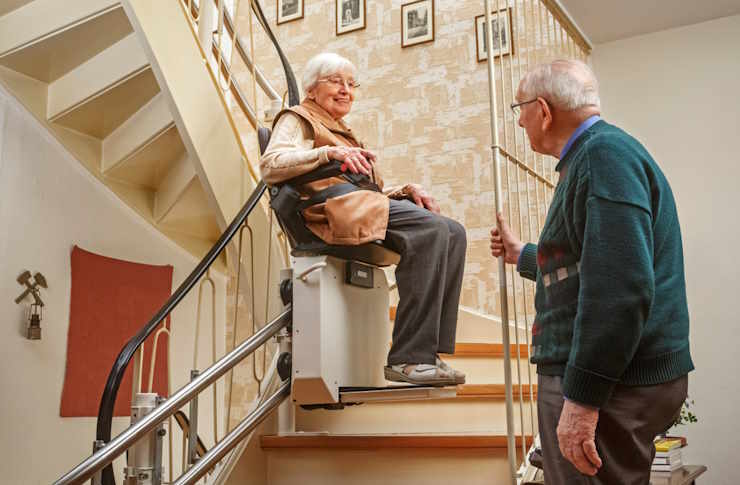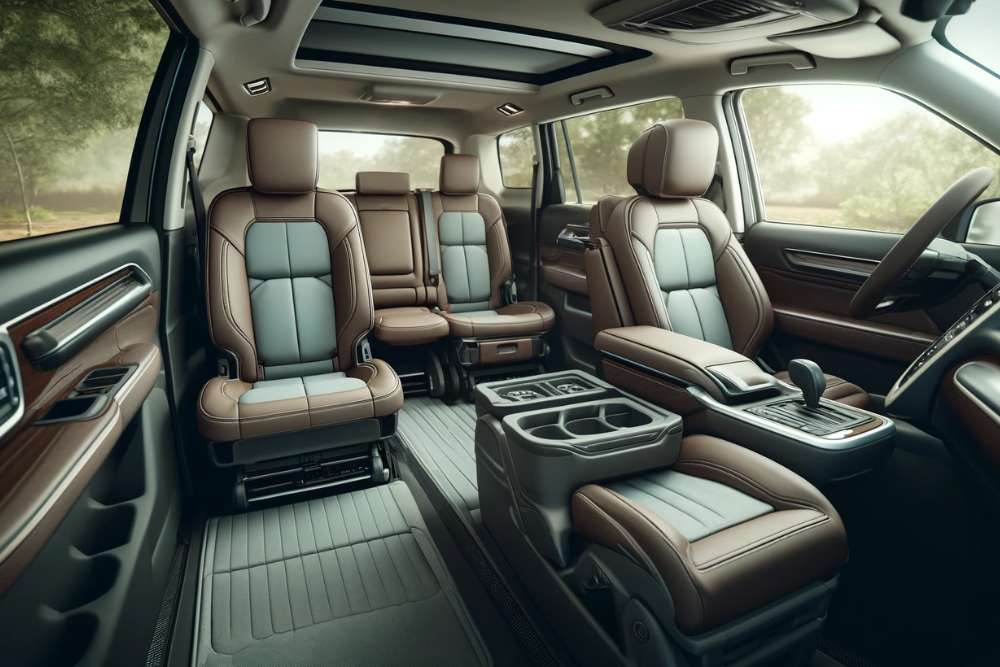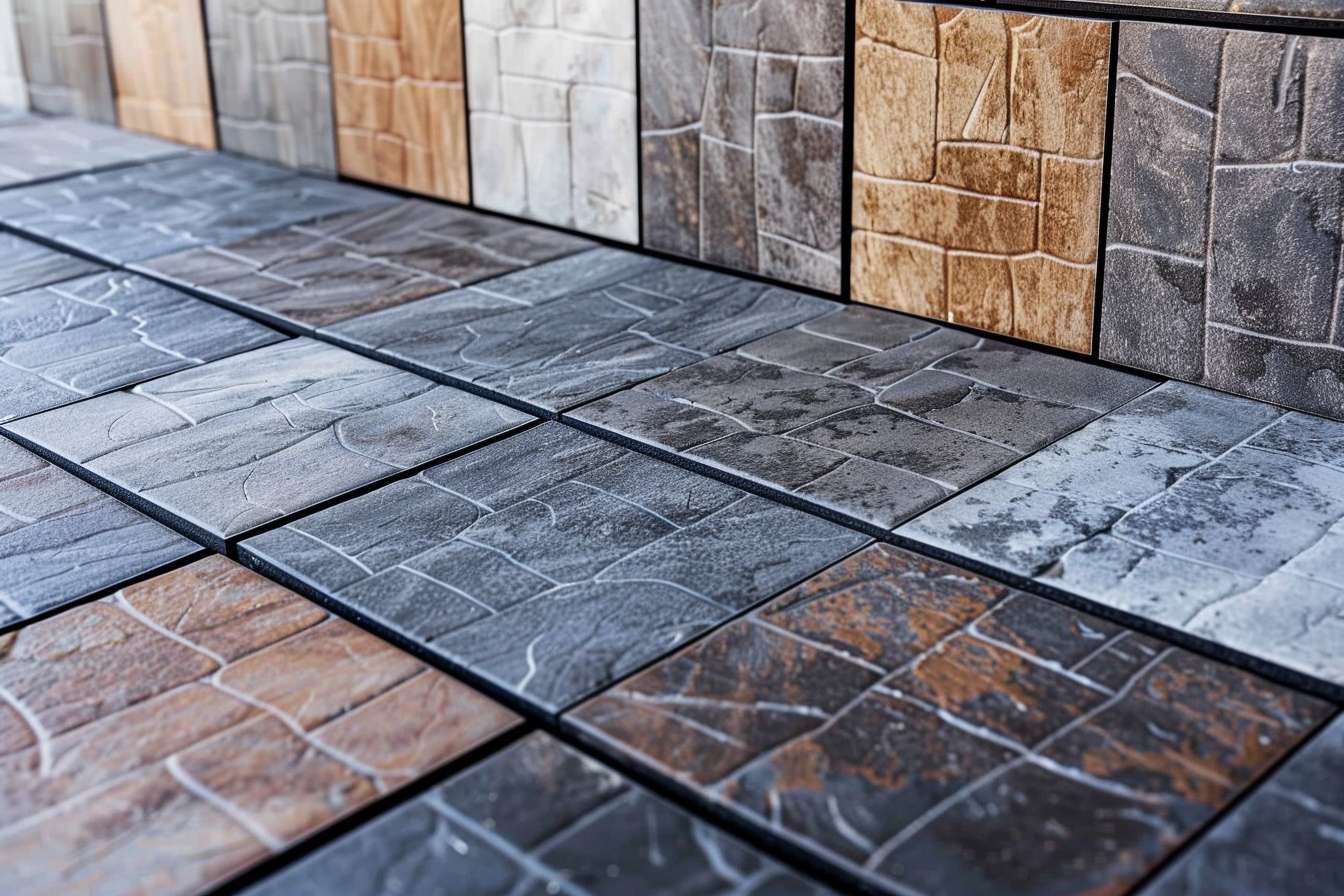Learn More About Small Houses for Elderly: Safe, Cozy and Accessible Living Solutions
As our population ages, the demand for suitable housing options for seniors continues to grow. Small houses for the elderly, including cottage houses and tiny homes, have emerged as an innovative solution to meet the unique needs of older adults. These compact living spaces offer safety, comfort, and accessibility while maintaining independence and a sense of community. Let's explore the benefits and considerations of small house living for seniors.

What are the advantages of tiny house living for seniors?
Tiny house living offers numerous benefits for seniors seeking a more manageable and comfortable lifestyle. These compact homes are designed with efficiency in mind, reducing the burden of maintenance and upkeep that often comes with larger properties. The smaller space is easier to navigate, clean, and organize, which can be especially beneficial for older adults with limited mobility or reduced energy levels.
Additionally, tiny houses for seniors often incorporate age-friendly features such as wider doorways, grab bars, and single-level layouts. These design elements enhance safety and accessibility, allowing older adults to maintain their independence for longer. The cozy atmosphere of a tiny house can also foster a sense of security and comfort, which is essential for seniors’ well-being.
How do small houses for the elderly promote community and social interaction?
One of the key advantages of small houses for the elderly is their potential to create close-knit communities. Many small house developments for seniors are designed with community spaces and shared amenities, encouraging social interaction and fostering a sense of belonging. These communities often feature common areas such as gardens, dining spaces, or recreational facilities where residents can gather and engage in activities together.
The proximity of neighbors in small house communities can also provide a valuable support network for seniors. This setup allows for easy social connections while still maintaining the privacy and independence of individual homes. For many older adults, this balance of community and personal space can significantly enhance their quality of life and combat feelings of isolation often associated with aging.
What features should small retirement homes include for safety and accessibility?
When designing small retirement homes, several key features should be incorporated to ensure safety, comfort, and accessibility for elderly residents. Some essential elements include:
-
Single-level layout: Eliminating stairs reduces the risk of falls and makes the home more accessible for those with mobility issues.
-
Wide doorways and hallways: These allow for easy navigation with walkers or wheelchairs.
-
Slip-resistant flooring: This helps prevent accidents and falls throughout the home.
-
Grab bars in bathrooms: Installing grab bars near toilets and in showers provides additional support and stability.
-
Lever-style door handles and faucets: These are easier to operate for individuals with arthritis or limited hand strength.
-
Adequate lighting: Good lighting, including motion-sensor lights, can prevent accidents and improve visibility.
-
Low-maintenance exteriors: Features like durable siding and easy-to-care-for landscaping reduce the burden of home maintenance.
-
Smart home technology: Voice-activated systems for controlling lights, temperature, and security can enhance convenience and safety.
How do small houses for the elderly compare to traditional senior living options?
Small houses for the elderly offer a unique alternative to traditional senior living options such as large retirement communities or assisted living facilities. While these traditional options often provide comprehensive care and amenities, small houses allow for more personalization and a greater sense of independence.
Cottage houses and tiny homes for seniors typically offer a more home-like environment, which can be particularly appealing to those who wish to maintain their autonomy. They often come with lower overall costs compared to larger retirement communities, making them an attractive option for seniors on fixed incomes.
However, it’s important to note that small houses may not provide the same level of on-site medical care or round-the-clock assistance that some assisted living facilities offer. Seniors considering this option should carefully evaluate their current and future care needs to determine if a small house is the right choice for them.
What are the cost considerations for tiny house living for seniors?
When considering tiny house living for seniors, it’s essential to understand the various cost factors involved. While small houses generally have lower purchase prices and reduced utility costs compared to traditional homes, there are other expenses to consider.
-
Purchase or construction costs
-
Land or lot fees (if not included in the purchase)
-
Utility hookups and monthly bills
-
Property taxes and insurance
-
Maintenance and repairs
-
Community fees (if applicable)
-
Potential modifications for accessibility
It’s important to note that while initial costs may be lower, the long-term value and resale potential of tiny homes can vary significantly depending on location and market trends.
| Housing Option | Estimated Cost Range | Key Features |
|---|---|---|
| Tiny House (200-400 sq ft) | $30,000 - $60,000 | Customizable, mobile, low maintenance |
| Small Cottage (400-800 sq ft) | $100,000 - $200,000 | Permanent structure, more space, traditional feel |
| Assisted Living Facility | $3,000 - $6,000 per month | 24/7 care, meals, activities included |
| Traditional Home (2,000+ sq ft) | $200,000 - $500,000+ | Spacious, familiar, potentially more maintenance |
Prices, rates, or cost estimates mentioned in this article are based on the latest available information but may change over time. Independent research is advised before making financial decisions.
Small houses for the elderly offer a promising solution for seniors seeking a balance between independence, safety, and community. These cozy and accessible living spaces provide numerous benefits, from reduced maintenance to enhanced social opportunities. As the demand for senior-friendly housing continues to grow, small houses and cottage homes are likely to play an increasingly important role in meeting the diverse needs of our aging population. Whether opting for a tiny house community or a standalone cottage, seniors can find comfort and security in these thoughtfully designed small living spaces.




